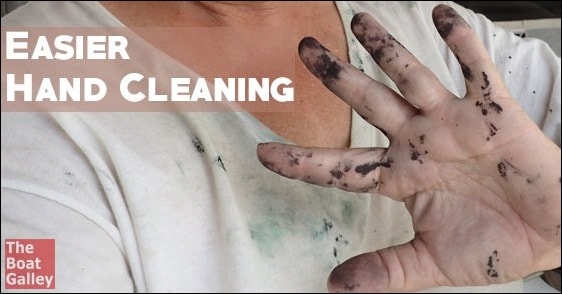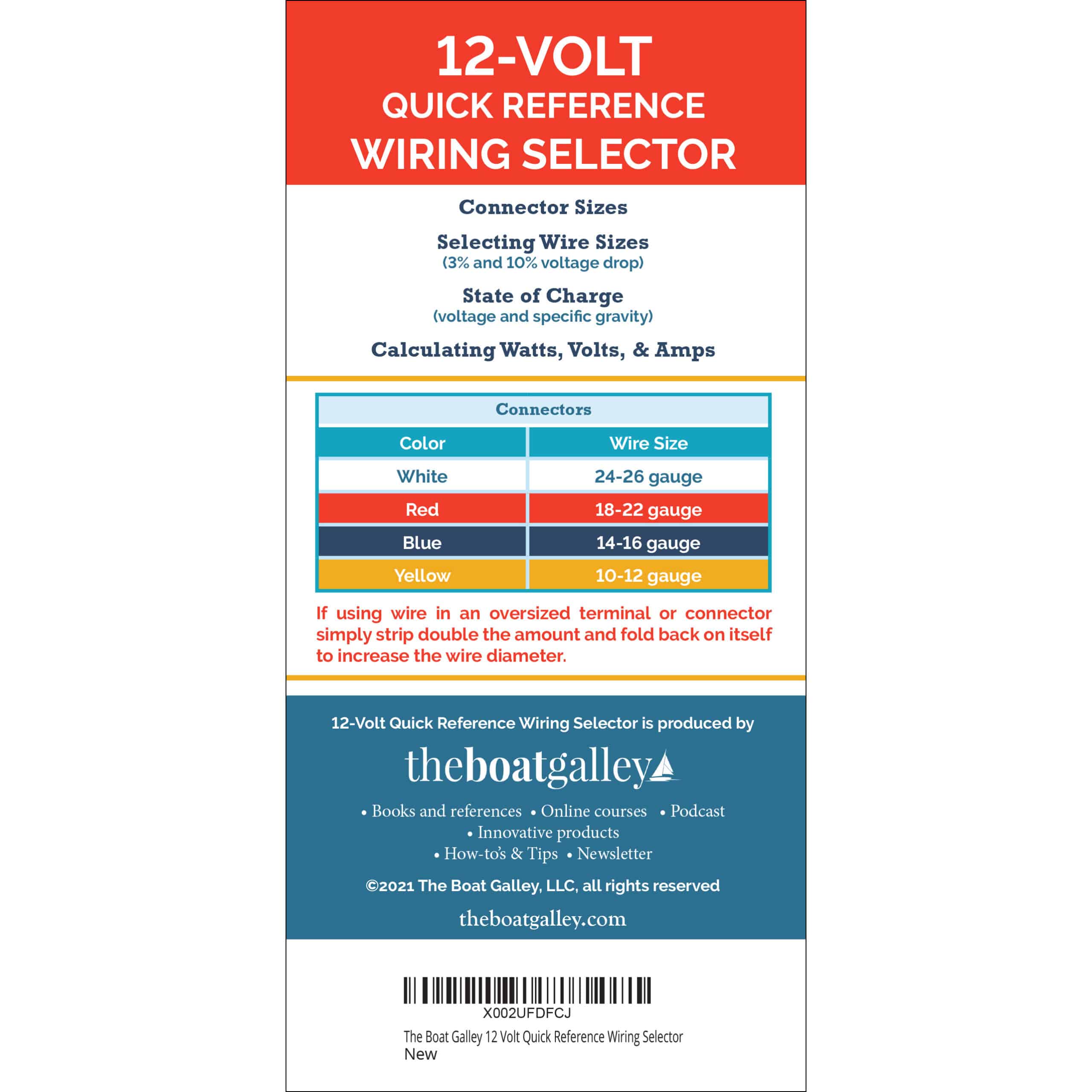For years, Dave and I have used acetone to clean uncured or partially cured epoxy and sealants off our hands . . . and legs, faces, goggles, tools and whatever else we’ve managed to get it on. We’re careful, we mask things off, and we wear gloves, but we always seem to get “goop” somewhere we don’t want it.
But acetone is harsh, fairly flammable and relatively expensive.
Last summer, when I wrote about filling in our head thru-hulls, reader Helen Murdoch gave us a great tip.
Vinegar. Cheap white vinegar that I buy by the gallon.
Not only is it cheap, non-toxic and a lot less harsh than acetone, it’s also non-flammable. It may sting a cut slightly, or dry your skin to a minor extent, but it’s nowhere near as hard on you as acetone. And the “stink” is a lot less too.
But here’s the real winner: it works better.
We pour some on our hands or on a rag – just sloshing it on. In fact, I think that’s part of why it works better – since it’s cheap and non-toxic, we use more.
It’s now our number-one clean-up solvent for epoxy, silicone and sealants of any type. The only time we still use acetone is when we need a solvent that dries quickly and completely, as when prepping a surface to apply epoxy or a sealant.

Carolyn Shearlock has lived aboard full-time for 17 years, splitting her time between a Tayana 37 monohull and a Gemini 105 catamaran. She’s cruised over 14,000 miles, from Pacific Mexico and Central America to Florida and the Bahamas, gaining firsthand experience with the joys and challenges of life on the water.
Through The Boat Galley, Carolyn has helped thousands of people explore, prepare for, and enjoy life afloat. She shares her expertise as an instructor at Cruisers University, in leading boating publications, and through her bestselling book, The Boat Galley Cookbook. She is passionate about helping others embark on their liveaboard journey—making life on the water simpler, safer, and more enjoyable.
Your VHF can do so much! Learn how to use ALL its features for just $39:












Leave a Reply